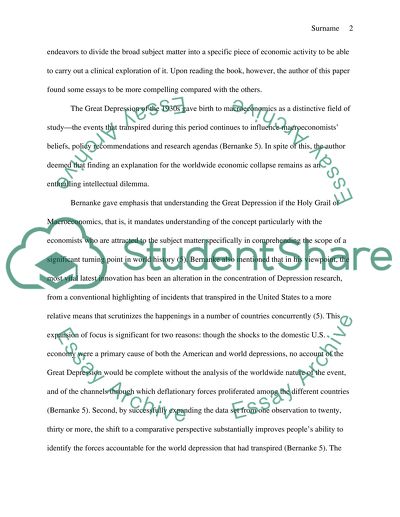Cite this document
(“The Great Depression: A Book Analysis Report/Review”, n.d.)
The Great Depression: A Book Analysis Report/Review. Retrieved from https://studentshare.org/history/1437212-essays-of-the-great-depression
The Great Depression: A Book Analysis Report/Review. Retrieved from https://studentshare.org/history/1437212-essays-of-the-great-depression
(The Great Depression: A Book Analysis Report/Review)
The Great Depression: A Book Analysis Report/Review. https://studentshare.org/history/1437212-essays-of-the-great-depression.
The Great Depression: A Book Analysis Report/Review. https://studentshare.org/history/1437212-essays-of-the-great-depression.
“The Great Depression: A Book Analysis Report/Review”, n.d. https://studentshare.org/history/1437212-essays-of-the-great-depression.


